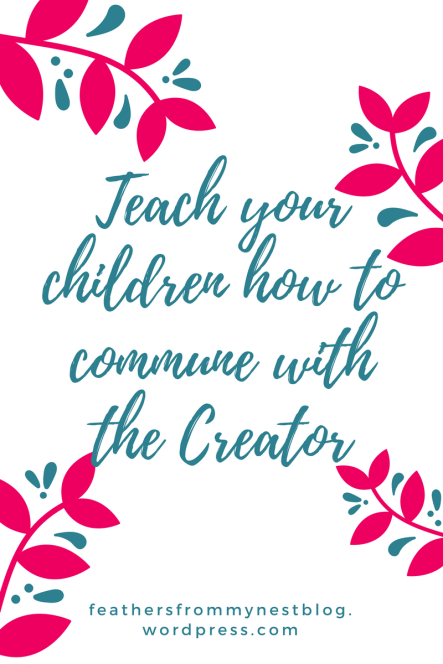As I shared in my last post, over the month of March I will be giving you many ideas to get started doing homeschool preschool in your home. The ideas I am giving you this week focus on activities to do with your child while you read aloud together. Consider putting some of these into your calendar. Continue to follow along with me through the month of March for more ideas!
Read 20 Minutes a Day
The children’s reading foundation recommends reading with your child at least 20 minutes per day, ages birth and up. I remember reading with my oldest when she was a newborn. We would lay on the floor together and I would hold the book up and read to her, it was a wonderful way to bond!
Use Local Resources
Where we live now we have access to the Dolly Parton Imagination Library. The Imagination Library sends us 1 book for each registered child ages birth through 5 EVERY month! My children LOVE getting a book every month in the mail. This is a free program, but is not available everywhere. See if your town has access to the imagination library. One thing I love about many (but not all) of the books that come from the imagination library is that they have questions and activities to go with each book on the inside flap, these help us teach our children reading comprehension.
Here are some more reading ideas for you to work on this week:
As You Read:
- Let your child pick the book off the shelf, if they want to read it over and over again try these ideas:
- read the same book different ways, one time make all the voices different, one time just look at the pictures, one time talk about the feelings or what everyone is doing
- Ask your child about the cover of the book
- have them identify the cover
- ask them where the author is (read it to them)
- ask them where the title is (read it to them)
- Before reading a book, ask your child what they think the book will be about by looking at the cover
- While reading together, clap the syllables of a few words or pictures
- Point to a picture in a book, work with your child to come up with rhyming words (remember, nonsensical words are okay)
- Talk about how the characters in the story feel
- Relate any activities your child has experienced with the story
Relate To The Story:
- Do something related to the story
- After the book Blueberries for Sal, go pick blueberries together, or can blueberries, or make blueberry jam
- After the book I am Bunny, talk about what season it is, go and do what bunny does in that season
- Act out the Story
- After the story, put on a play, acting out what happened in the story
- Draw a picture of what happened in the story, let your child draw whatever they want, do not direct it
- after they draw, ask them what character they liked best, have them draw the character
- Make food relating to the book
Make it Fun:
- Talk to your child about being their own author, make a book out of paper and have them illustrate a page or 2 each day, ask them what they drew and narrate the book for them
- read the story together when it is finished
- We usually use something like this:
- Start a chapter book
at meal time or bedtime
- Get some non-fiction books from the library
- Focus on some books that relate to something your child enjoys (horses, tea, tractors, dogs etc.)
- Try to find an interactive book at the library
- One of our favorites:








